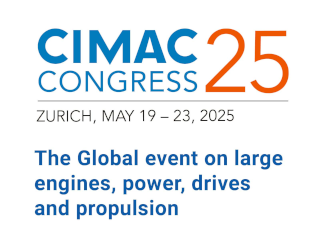The crude tanker market had one of its best runs in history but is now facing pressure as crude supply[ds_preview] dwindles and floating storage unravels. Andrew Wilson, head of research at shipbroking group Barry Rogliano Salles (BRS), considers the long-term prospects to be strong, though.
Tanker spot rates have been flagging since they surged to stellar highs on the back of storage capacity shortages in spring. Is it the end of the “boom” or do you expect a rebound?
Andrew Wilson: I am not expecting a significant rebound in rates over the remainder of 2020 and into 1H21 as there will be too much tonnage chasing too few cargoes. Nor a repeat of the storage issues (driven by Saudi Arabia embarking on an ill-fated battle for market share) which helped to propel tanker rates higher. OPEC have returned to their traditional market management role and have started meeting on a monthly basis which means that they can react (and stop) the oil market becoming under- (or more likely) over-supplied. Our balances suggest that global oil production will remain around 8.5 mb/d lower year-on-year which will directly equate to less tanker demand. This is around 4 less VLCC fixtures per day.
Both the supply and demand side of crude oil have been thoroughly shaken up as a result of Covid-19. How do you see the crude trades realigning in the mid- or long-term? Will there be lasting consequences for shipping?
Wilson: I remain relatively bullish on the long-term prospects for oil and tanker demand. I do not believe that we have seen peak oil demand. Alphatanker analysis suggests that this will occur post-2030. However, Covid-19 has set oil and tanker markets back several years as aviation demand is likely to remain hamstrung potentially until a vaccine is developed. However, away from aviation there remains many bright spots for demand such as the petrochemical sector and a resurgence of burning fuel oil in the power generation sector. Moreover, we forecast that, to a certain extent, Covid may actually help tanker trade. A portion of old, simple, inefficient refining capacity in legacy regions such as Europe, the US, Latin America, Japan and Australasia may close due to competition coming from new large-scale , efficient capacity in China, the Middle East, India etc.. Hence more crude will be carried from the Atlantic Basin to the Pacific, adding to ton mile demand. On the flip side, legacy, consuming regions will require more product imports as their refineries shutter. These volumes will be supplied by tanker.
Newbuilding contracting is lagging last year’s levels by 37%. How long will owners keep their discipline?
Wilson: I believe that the current low orderbook is a direct reflection of the uncertainty the shipping sector is facing in meeting the IMO’s ambitious carbon emissions targets. As the IMO has not yet outlined officially how these goals will be met, it has left owners in a holding pattern waiting for clarity before ordering new vessels. In this respect, I believe that owners will remain disciplined until the IMO publishes its guidance. This could potentially be as late as 2023. Moreover, owners do not want to order LNG-propelled tonnage and then find out that they become obsolete rapidly. Also currently, few charterers are willing to back owners ordering LNG-propelled (or alternative propulsion) tonnage with long-term time charters. Such backing is crucial for owners reducing their risk.















